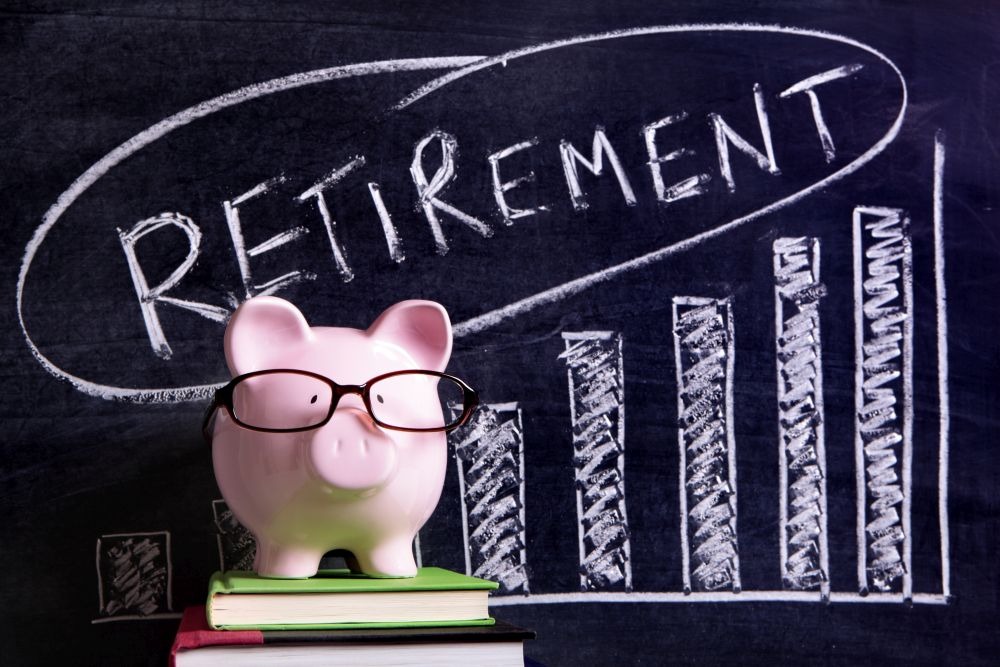8 important money tips for when you land your first full-time job
If you want to ensure you’re getting the right amount of super and not paying more in tax than you have to, this list is for you. What you need to know Your bank account details and tax file number You’ll need to give your bank account details to your employer if you want to get paid, so this’ll no doubt be high on your list of things to do. On top of that, you’ll need to provide your tax file number, because if you don’t, you may end up paying a lot more tax on the income you earn. If you need a tax file number, you can apply for one through the Australian Taxation Office (ATO) What super fund you’d like to choose Super is money set aside during your working life to support you in retirement. Further down, we’ll explain how to make sure you’re getting the right amount. Meanwhile, you’ll typically have a choice between your employer’s fund or a fund you select yourself. There are a number of things you’ll want to consider too, such as what fees you might pay, how the fund performs and your investment preferences, which could see you earn more or less money. In addition, super funds generally offer a few types of insurance cover, which you could pay for using your super money, so it’s worth looking into whether this is something you want now or possibly down the track. What tax you’re going to pay on the income you earn You mightn’t be pleased, but you’ll have to pay income tax on every dollar over $18,200 you earn. On top of that, many taxpayers are also charged a Medicare levy of 2%. As for how much tax you’ll pay, this will depend on how much you earn. If you’re lucky enough to receive an annual bonus, you’ll also pay tax on this. What tax you can claim back when tax time rolls around If you spend some of your own money on work-related expenses (uniforms, safety equipment, or education) there is some good news. At the end of the financial year, you may be able to claim some of this money back when you do your tax return. You’ll need to have a record of these expenses, such as receipts, but in some instances if the total amount you’re claiming is $300 or less, you may not need receipts. What’s in your contract and what you’re entitled to An employment contract is an agreement between you and your employer that sets out the terms and conditions of your employment. It’s a good idea to know what’s in your contract should questions ever arise around what you’re actually entitled to. Regardless of whether you sign something or not, your contract cannot provide for less than the legal minimum, set out in Australia’s National Employment Standards. While National Employment Standards apply to all employees covered by the national workplace relations system, only certain entitlements will apply to casual employees. How to read your payslip so you’re across potential errors Payslips have to cover details of your pay for each pay period. Below is a list of what a pay slip typically includes: Your before-tax pay (also known as gross pay) Your after-tax or take-home pay (also known as net pay) What amount of money you’ve paid in tax this financial year The amount of super your employer has put into your super fund HELP/HECS debt repayments (if you have an education loan). Meanwhile, mistakes can happen, so if anything doesn’t look right, chat to your employer first and if you’ve raised an issue you’re not satisfied with, you can also contact the Fair Work Ombudsman. How much super is coming out of your pay package and if it’s correct If you’re earning over $450 (before tax) a month, no less than 10% of your before-tax salary should generally be going into your super under the Superannuation Guarantee scheme. If you’re under 18, you’ll have to be working a minimum of 30 hours per week to qualify, and special rules may apply for certain job types and contractors. For this reason, it’s important you check your payslip and if something doesn’t look right, speak to your boss as soon as possible, or contact the ATO. How to budget and save so you can get what you want in life Budgeting may sound boring, but jotting down what money is coming in, what cash is required for the mandatory stuff and how much cash might be left over for your social life (or saving), could make a massive difference to what you do in life. If you’re paying off debts, or on a more exciting note, want to buy a car or go on a holiday, getting a grip on your cash habits early on could see you have a lot more fun! Source: AMP










